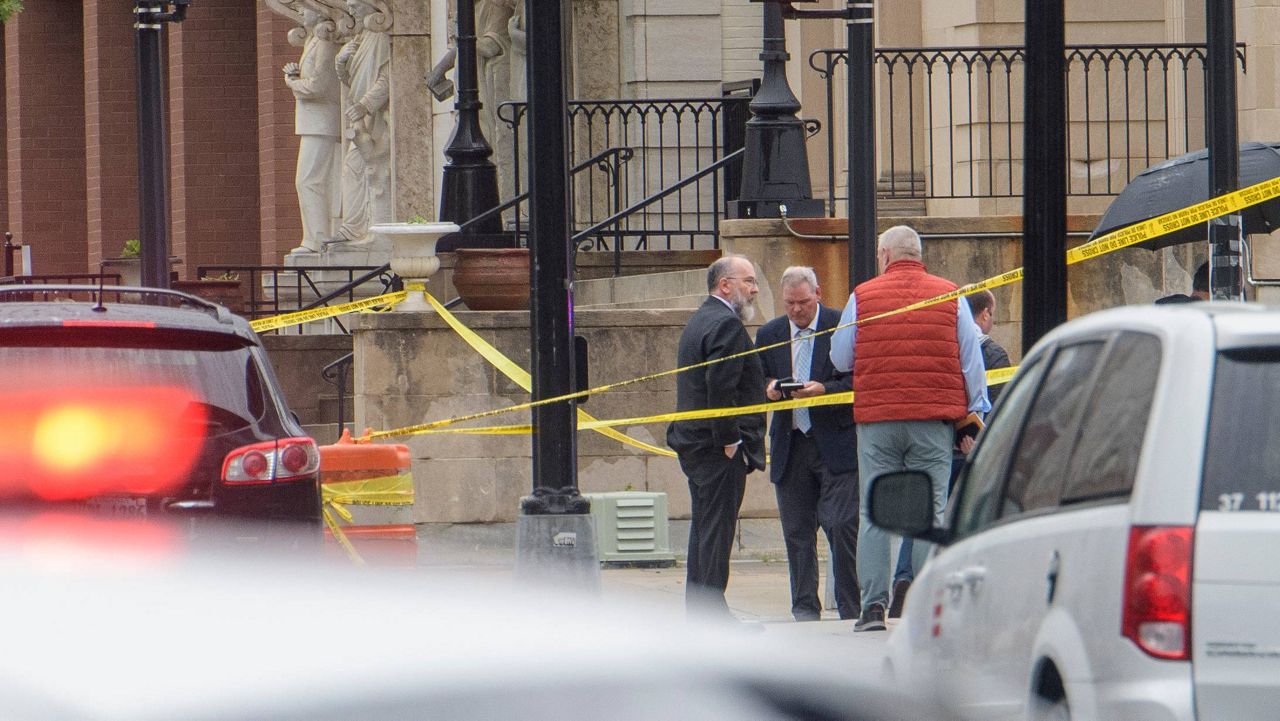LOS ANGELES — For nearly 50 years, Michael Astalis has been building apartments around Los Angeles County. His buildings have survived earthquakes, severe storms, and more. But on the 600 block of east pine street in Altadena, three of his buildings did not survive the Eaton fire.
“It’s very sad because as a builder you know basically you see something, and you remember how that was built and who was there and so forth. It’s emotional,” said Astalis, who also lost his own home in the January wildfires.
Standing in the ash and rubble left behind, he said his first thought is with his tenants, who’ve been displaced. Many of them depended on the affordable housing his units had provided.
“The rents were anywhere from $1,500 to about $1,800 dollars, yeah,” Astalis said.
Unlike homeowners, landlords like Astalis are hitting walls when it comes to federal aid. FEMA typically doesn’t cover commercial properties, which is how multi-family buildings are classified. That means many owners don’t qualify for the FEMA-funded debris removal program.
Astalis said he’ll have to pay tens of thousands of dollars to remove the mountains of hazardous debris on his properties through a private company — and then comes the bigger challenge — the cost of rebuilding.
“[It] was appraised at $1.9 million and it’s going to cost us at the minimum $4.9 million to $6 million if we build it the same way,” he said. “We applied for an SBA loan to try to finish this, but we would like to build differently than what it was.”
While the Small Business Administration has offered some loan assistance, Astalis said the financial gap is wide.
LA County Supervisor Kathryn Barger represents Altadena. She said she’s frustrated, too, and has been pushing FEMA to reconsider.
“If they submitted a right of entry form by April 15 they are under review,” Barger said. “The fact that the federal government gave the green light to even consider them speaks volumes — so all is not lost. They just have to do it by a case-by-case basis.”
Barger says the county’s role now is on the permitting process.
“Permitting across the board needs to be reformed, I’ve said all along, but this fire has heightened how bureaucratic it’s become,” she said. “It should not take months to get approval.”
Barger noted that the county has set up a unified permitting authority near each fire zone — and will allow credentialed architects and engineers to self-certify their building plans.
“These are no brainers. These are things that need to be done,” Barger said.
Streamlining permitting would be a huge help, Astalis explained. But his biggest hurdle remains — high construction costs — which have recently become more unpredictable in light of President Donald Trump’s tariffs on steel and lumbar.
Astalis says that more than likely, it will be hard to keep rents low for his future tenants.
“I think you know the working man needs a place to live and you know with the rents and the cost of construction, it becomes more and more unaffordable, you know,” he said.
Even so, Astalis said he’s determined to rebuild — hoping to bring back housing to a community that needs it most.







